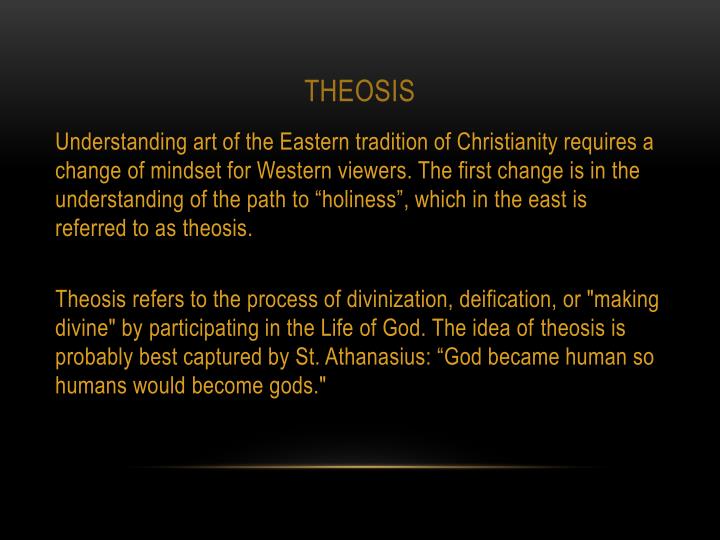

Within Christian usage, the cross has taken a great number of different of forms, including the equal-armed Greek Cross, favored by the Byzantine Christians Celtic crosses, with a circular addition to the crossing X’s and upside-down crosses associated with specific Christian martyrs, individuals who died for their faith, on such instruments of torture and many others. (Variants of the Cross: ) But its simplicity of conception lends itself to various other readings, as well, and in pre Christian use it was related to sacred and cosmic beliefs. The cross most frequently associated with Christianity is the Latin Cross, with the long vertical bar intersected by a shorter horizontal one believed by many to be the form of the cross upon which Jesus Christ, the central figure of the faith, was crucified. At its core, a cross is a simple intersection of vertical and horizontal lines that could refer to the meeting of celestial and terrestrial elements or forces or could lend itself to other variations of meaning. While a symbol might have a common meaning for a certain group, it might be used with variations by or hold a different significance for other groups. In Chinese culture, however, a snake represents the power of nature and is said to bring good fortune to those who practice the snake’s restraint and elegance of movement.ĥ.3.1 Changes in Meaning of Symbols and Iconography A depiction of a snake in a scene with Adam and Eve has specific meanings for those of the Christian faith or others who understand the snake stands for temptation within the context of that subject or story. For example, in different cultures a snake may stand for evil, temptation, wisdom, rebirth, or the circle of life. Iconography refers to the symbols used within a work of art and what they mean, or symbolize.

This includes implied meanings and symbolism that are used to convey the group’s shared experience and history-its familiar myths and stories. Iconography is the broader study and interpretation of subject matter and pictorial themes in a work of art. When one person gives a rose to another, it is a symbol of the love the person feels. An example of a naturalistic image is a rose, which in most Western civilizations symbolizes love. The users have assigned meaning to them, as letters have no meaning in and of themselves. For example, the letters of the alphabet, which are abstract graphic signs, are understood by those who use them to have individual sounds and meanings. The symbol, however, does not have to have a direct connection to its meaning. A symbol is an image or sign that is understood by a group to stand for something. Symbolism refers to the use of specific figural or naturalistic images, or abstracted graphic signs that hold shared meaning within a group.

5.3.1 Changes in Meaning of Symbols and Iconography.


 0 kommentar(er)
0 kommentar(er)
